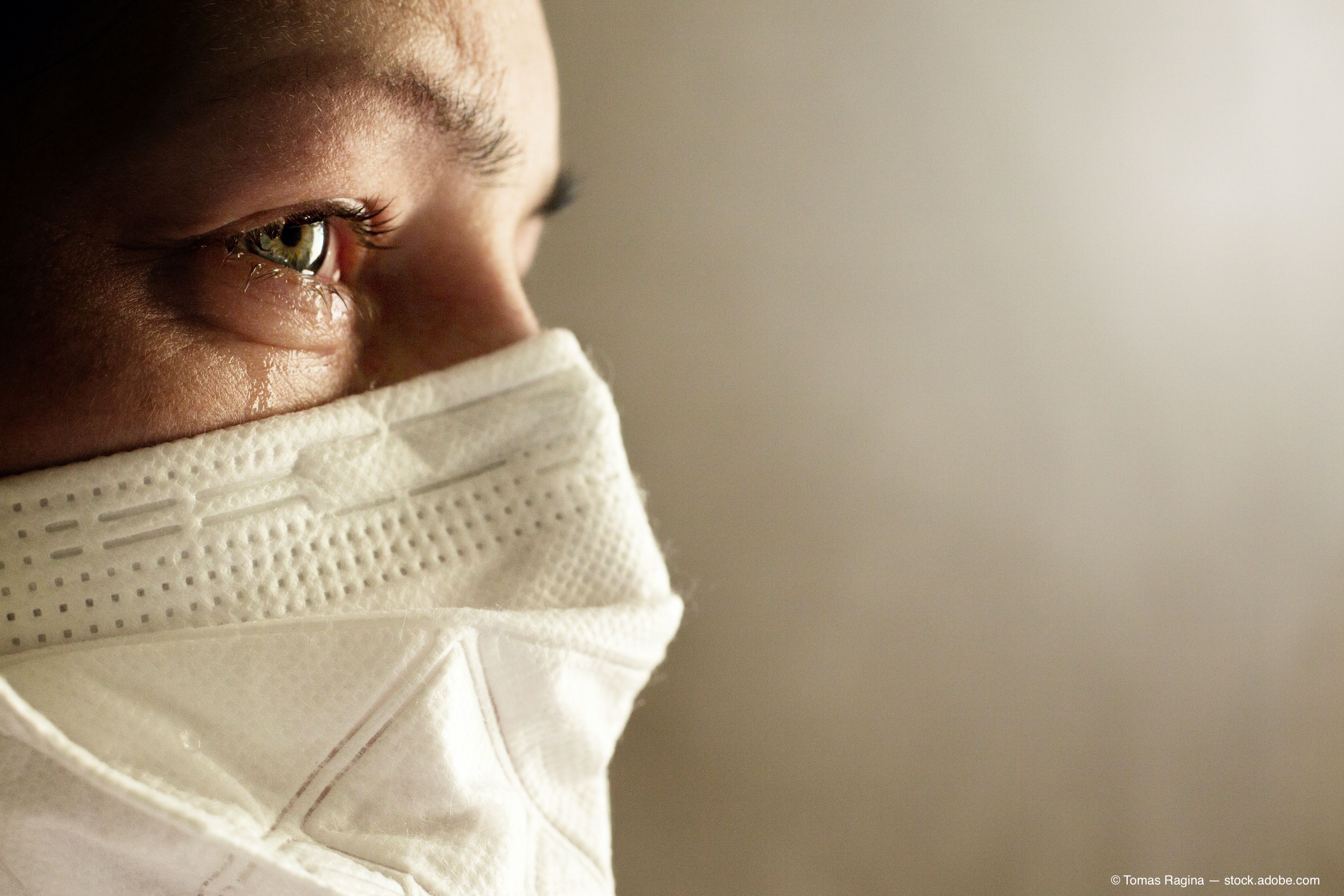Article
Ocular trauma in the COVID-19 era
According to a study presented at the American Society of Ophthalmic Trauma conference, patients are experiencing domestic injuries, delaying care, traveling for care, and have less insurance.

By Connie Wu, MD; Samir N. Patel, MD; Thomas L. Jenkins, MD; Anthony Obeid, MD, MPH; Allen C. Ho, MD; and Yoshihiro Yonekawa, MD; Special to Ophthalmology Times®
The COVID-19 global pandemic and widespread quarantine measures have induced significant changes within the health care system in the United States and have greatly impacted patient access to emergency care.
A recent study(1) presented at the American Society of Ophthalmic Trauma conference that examined patients seeking emergency eye care for serious ocular trauma highlighted several relevant barriers to treatment.
The study reviewed medical records of patients presenting to the Wills Eye emergency room, a specialized 24/7 walk-in clinic devoted to the diagnosis and treatment of ocular emergencies.
A comparison between patients presenting to the Wills Eye emergency room during the quarantine period and a similar time period from the prior year found notable differences in ophthalmic trauma cases.
Although there was a significant drop in the patient volume of the eye emergency room during the pandemic, the number of patients presenting with serious ophthalmic injuries was similar to the previous year. Compared to patients from the previous year, patients who presented with serious ocular injuries during the COVID-19 pandemic were significantly more likely to have a delayed presentation from initial time of injury, travel farther to seek urgent ophthalmic care, and have sustained an injury in the household.
Moreofer, the increase in cases of ophthalmic trauma from at-home injuries is potentially related to a surge in home improvement projects and other at-home activities that are performed without appropriate eye protection. A majority of traumatic ocular injuries sustained over both years was related to poor compliance with protective eyewear. This brings to light a gap in patient education directed at the prevention of serious ophthalmic trauma, which should focus on the appropriate use of protective eyewear and other safety measures for high risk home activities. The need for preventative treatment is particularly important in light of unprecedented resource shortages faced by health care facilities impacted by the COVID-19 pandemic.
The study further found that patients delayed seeking urgent ophthalmic care and traveled significantly farther to receive care during the pandemic induced stay-at-home orders. These findings underscore barriers to providing timely emergency eye care, which include factors distinctly attributable to patients and providers. A particularly interesting patient-specific factor was the remarkable rise in the proportion of patients without health insurance who sought emergency eye care during the quarantine period.
Although the precise reason for this is not clear, it may be a result of the widespread increase in unemployment rates caused by the pandemic. This highlights a potential financial barrier to accessing urgent evaluation and treatment.
Fears of transmission of the virus may have deterred patients from seeking timely evaluation and treatment of ophthalmic injuries. Universally mandated personal protective equipment is essential to facilitating safe delivery of medical care during a global pandemic. In addition, patient education emphasizing how to safely access prompt treatment of eye injuries may help reduce the delay in seeking treatment for ocular trauma.
Furthermore, an expansion of local satellite urgent care clinics in conjunction with telemedicine as a triaging tool may improve the efficiency with which ophthalmic trauma cases are treated.
The global COVID-19 pandemic has brought considerable challenges to the delivery of urgent eye care. Strategies aimed at the prevention of serious ocular trauma and timely delivery of emergency eye care will be instrumental in improving outcomes from potentially blinding injuries during this period of limited healthcare resources, and may have durable practical implications for optimizing ophthalmic care in the future.
Connie Wu, MD; Samir N. Patel, MD; Thomas L. Jenkins, MD; Anthony Obeid, MD, MPH; Allen C. Ho, MD; and Yoshihiro Yonekawa, MD, are affiliated with Wills Eye Hospital, Mid Atlantic Retina, Thomas Jefferson University, Philadelphia, Pennsylvania.
Reference
- Wu C, Patel SN, Jenkins TL, Obeid A, Ho AC, Yonekawa Y. Ocular trauma during COVID-10 stay-at-home orders: a comparative cohort study. Curr Opin Ophthalmol 2020 [Epub ahead of print]




